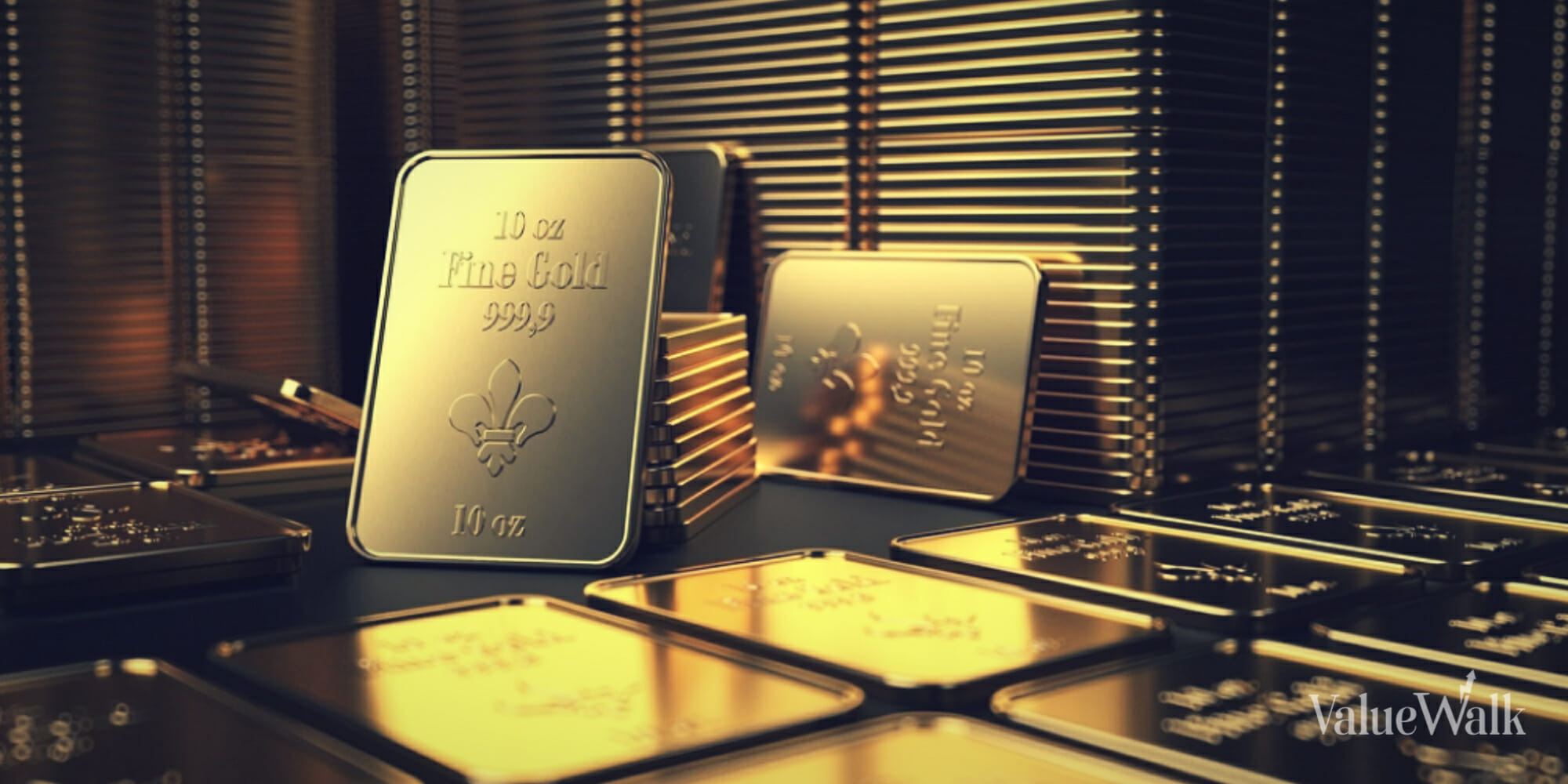After the traditional 60/40 stocks-bonds portfolio dropped roughly 20% of its value last year, many Americans are looking for other ways to protect their wealth against inflation with more diversified investments, including gold and precious metals. Here’s what you need to know.
Find A Qualified Financial Advisor
Finding a qualified financial advisor doesn’t have to be hard. SmartAsset’s free tool matches you with up to 3 fiduciary financial advisors in your area in 5 minutes.
Each advisor has been vetted by SmartAsset and is held to a fiduciary standard to act in your best interests.
If you’re ready to be matched with local advisors that can help you achieve your financial goals, get started now.
Previous Metals and Inflation
This is not the first time that precious metals have been added to portfolios during periods of economic uncertainty. One such example includes the 2008 financial crisis, when demand for bullion coins from the U.S. Mint rose 600%. According to Edmund Moy, director of the U.S. Mint at that time, the interest in bullion coins was driven by increased demand from precious metals IRAs.
Also called gold IRAs, these accounts differ from traditional and Roth IRAs by allowing individual investors to hold gold coins, bouillon or other physical precious metals, which is barred by the rules for other IRAs.
It’s not hard to see why investors would be interested in precious metals. According to USAGold.com, gold opened 2022 trading at $1,804.27 an ounce and closed the year at $1,823.86, a gain of slightly more than 1%. That return might seem meager until it’s contrasted with the results of the broad stock market, where the S&P 500 Index lost nearly 20% for the year.
Making any money in a down year is smart investing, but it’s particularly important for retired investors, who can see their investments permanently reduced by significant losses in the early years of retirement, an impairment called “sequence of returns risk.” In fact, by the beginning of July, gold was up nearly 5% for the year.
How Do Gold IRAs Work?
A gold IRA is a type of self-directed IRA. The funds in these accounts can be invested in precious metals, commodities, real estate, business loans and other non-traditional assets.
Rather than opening an account with a bank, mutual fund company or brokerage, a self-directed IRA requires the investor to sign up with both a plan administrator and a separate IRA custodian. This is who purchases and stores the gold assets.
A gold IRA can invest in stocks of gold-related companies and gold mutual funds, futures and ETFs, as well as the metal itself. Even then, the IRS restricts investments to gold that is 99.5% pure, which includes Canadian Maple Leaf coins, Australian Koala bullion coins and PAMP Suisse bars. The IRS also allows the accounts to hold American Eagle coins, even though they don’t meet the 99.5% purity standard.
Other precious metals that can go into a special IRA include silver, platinum and palladium.
Specialty custodians offering gold IRAs will handle the documentation and tax reporting that’s required with all IRAs. Additionally, the fees associated with these accounts are typically higher than with traditional custodians.
All other IRA rules apply to the accounts, including the annual contribution limits ($6,500 for 2023 with another $1,000 catch-up limit for investors aged 50 and older) and the rules for withdrawals and taxes.
One thing you can’t do with a gold IRA is to stash your precious coins and gold bars at home, so forget any notion of piling up gold assets like Scrooge McDuck. Gold in IRAs must be held at an IRS-approved facility, such as a depository, bank or approved third party. Taking your gold home counts as a withdrawal that will incur taxes and possible penalties.
Bottom Line
Many investors use gold and other precious metals as hedges against down markets or as long-term stabilizers in their portfolios. Most advisors recommend against holding more than 5% to 10% in your portfolio. Investors who want to avoid using a special gold IRA can buy gold and gold-related ETFs and mutual funds in traditional and Roth IRAs.
Tips for Investors
- A financial advisor can help you create a financial plan for your investments. Finding a financial advisor doesn’t have to be hard. SmartAsset’s free tool matches you with up to three vetted financial advisors who serve your area, and you can have a free introductory call with your advisor matches to decide which one you feel is right for you. If you’re ready to find an advisor who can help you achieve your financial goals, get started now.
- If you want to know how much money your investment could earn over time, SmartAsset’s free investment calculator can give you an estimate.
The post Precious Metals Help Americans Hedge Against Inflation. Should You Add Them to Your Retirement Portfolio? appeared first on SmartReads CMS – SmartAsset.





